
Minneapolis struck out, and the city of St. Paul quickly pounced on the opportunity to be the home of Minnesota’s soon to be Major League Soccer (MLS) franchise.
Last Friday Oct. 23, St. Paul Mayor Chris Coleman and Minnesota United owner Bill McGuire announced that the team will build a $120 million, 20,000 seat professional soccer stadium in the heart of St. Paul’s Midway neighborhood, near Snelling and University and just over one mile from Macalester.
MLS granted McGuire’s Minnesota United FC, which currently plays in the second-tier North American Soccer League, one of four MLS franchises recently awarded to cities around the country.
The city of Minneapolis had a plan to build a soccer-specific stadium for Minnesota United in an area ripe for redevelopment in Minneapolis’s North Loop neighborhood near Target Field and the Minneapolis Farmer’s Market.
For a time, it seemed like a done deal, but opposition came from Minneapolis Mayor Betsy Hodges and some members of the city council about providing a couple tax breaks, mainly a three million dollar tax break on construction materials for the stadium, eventually killed the proposal by midsummer.
During this time, St. Paul quietly began speaking with Minnesota United about the possibility of locating the stadium at a number of sites in the city. The most intriguing for team officials from the start, the Midway site, quickly rose to the top and won favored status.
As negotiations became known to the media in the last couple of months, speculation grew over St. Paul’s chances to wrest the stadium from its sister city.
MLS Commissioner Don Garber visited the potential stadium site in Sept. and was impressed. Negotiations continued rapidly, and key groups like the St. Paul City Council endorsed and signed off on the plan.
The rapid turnaround, culminating in last week’s announcement at the Midpointe Event Center on Pascal Street, presents the neighborhood around the development site with potential challenges in the future. The $120 million stadium, which will be privately funded, unlike most sporting facilities in the Twin Cities, will occupy land that has been off the tax rolls for over 50 years. Metro Transit operated a bus barn there for decades, which was torn down over 10 years ago, leaving an empty 10 acre site right off I-94, just a couple blocks from the Snelling and University Green Line light rail stations.
This investment will ultimately include redevelopment of the 34-acre “superblock” bordered by Snelling, University, and Pascal, which includes longtime business like Big Top Liquor. The developers have already promised to work with the neighborhood and local leaders during the development process, but it is undoubtable that the area will be changed greatly by the stadium’s presence, beyond the build-up of a vacant site. Urban developers and St. Paul city boosters have been looking to find a use for the site for years, but recent developments in transit made it possible for the stadium to locate there, without large swaths of parking.
“I think the critical piece here is how under-utilized that site has been for decades, especially in such a prominent location within the city. It has always been accessible by private auto, but a destination development (such as a stadium) is more feasible now with the improved transit system in the area, with the Green Line on University and the upcoming bus rapid transit on Snelling,” said Macalester geography professor and transportation geography specialist Laura Smith.
Although this stadium has already been touted as an economic boon for the neighborhood, which would also bring up important questions of gentrification and displacement of the current population, the success of stadiums as development initiators is debateable.
“The economic impacts of the stadium are debatable. For example, we can look at the increased vibrancy of the area surrounding Target Field (or CHS Field in Lowertown) versus the dearth of development spurred by the old Metrodome. A soccer stadium doesn’t accomplish the Met Council’s goals of increased density, especially in what is becoming ever more of a transit hub. The question is whether Midway is as ripe for redevelopment as Lowertown,” Smith said.
Another point of contention is the feasibility of the area’s roads and parking to handle the fans that are expected to throng to the soccer games and other events, as the arterial streets around it are already stressed.
“I do think that traffic management will be an issue, especially because the Snelling/University intersection is one of the most difficult (and historically dangerous) intersections in the metro: in recent years the traffic count has been 40,000 cars moving north-south and 25,000 east-west per day,” Smith said.
In the end though, Mac community members will have the opportunity, by the 2018 season, to view professional soccer a short bus or bike rid – or even walk– away, in an area that will be viewed by the Twin Cities and the nation in a way it never has been before.
“In terms of public perception, however, it does give St. Paul – and the Midway district more specifically – some improved standing. Something that Midway has definitely been lacking,” Smith said.

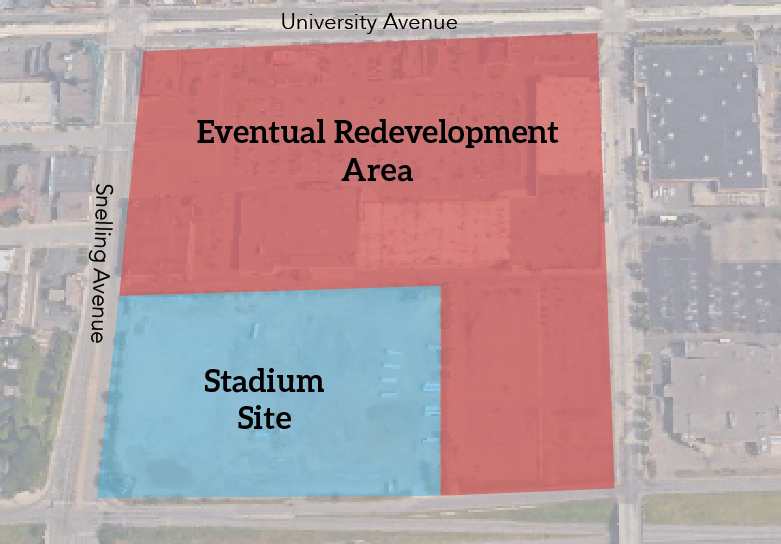
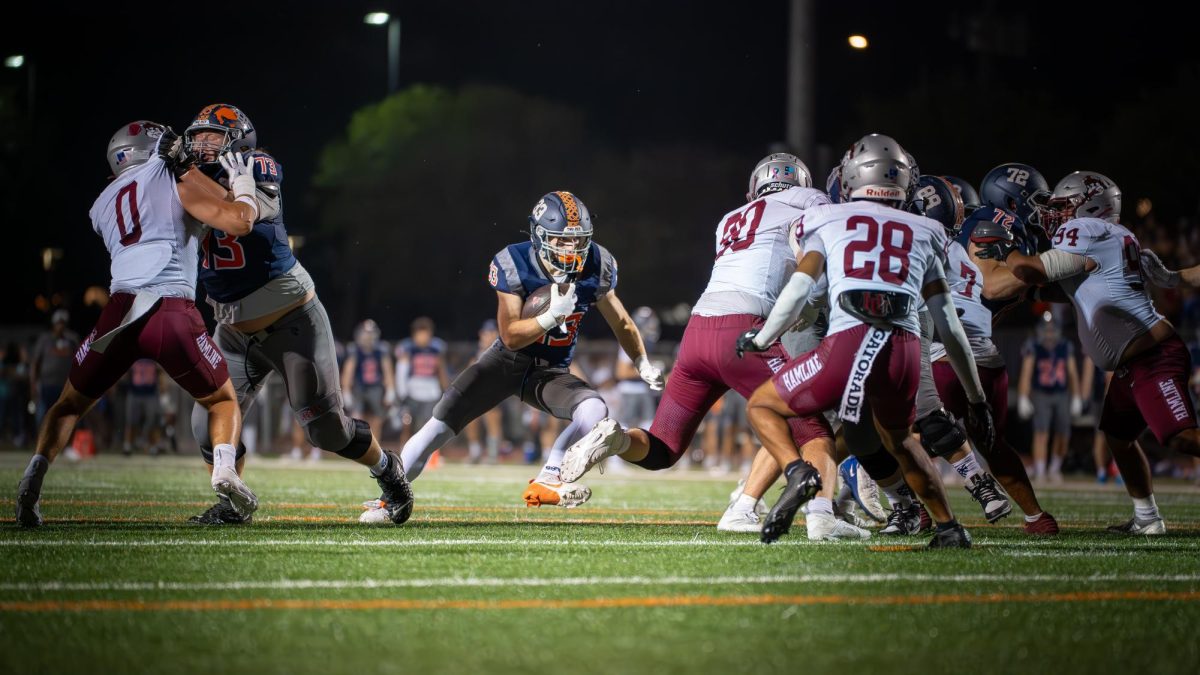
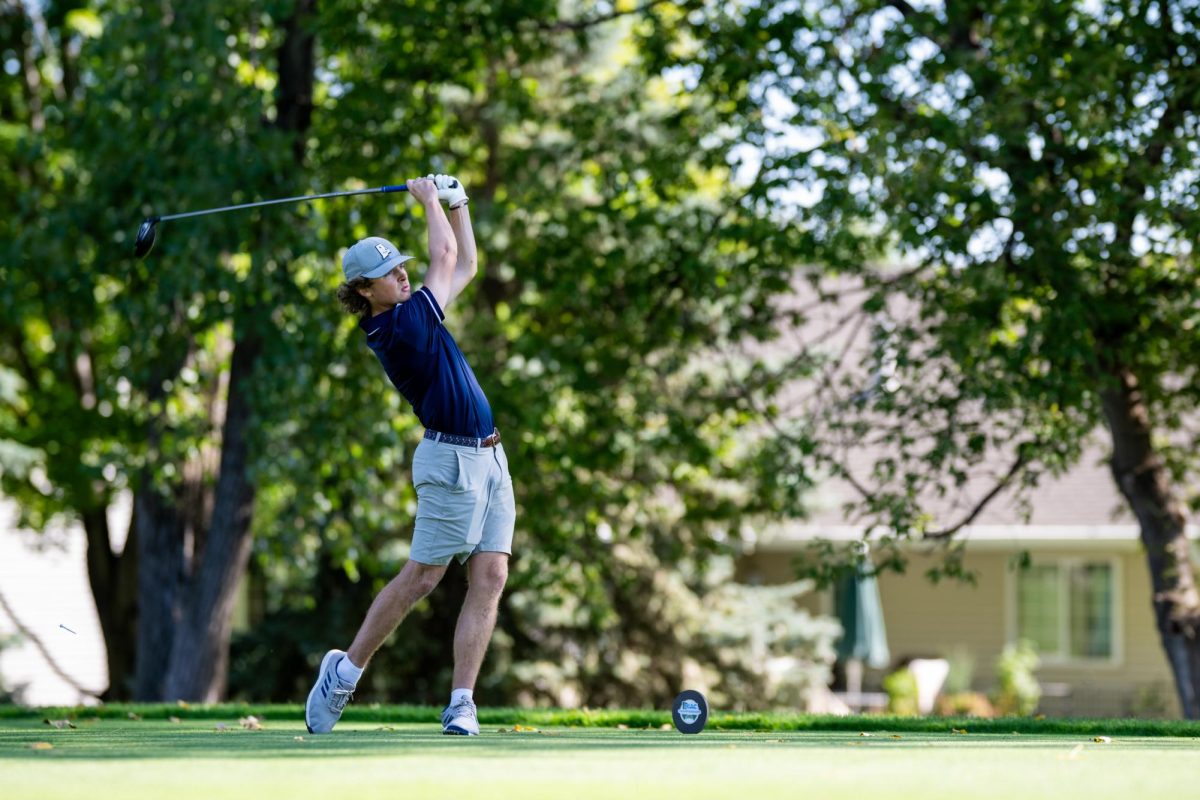

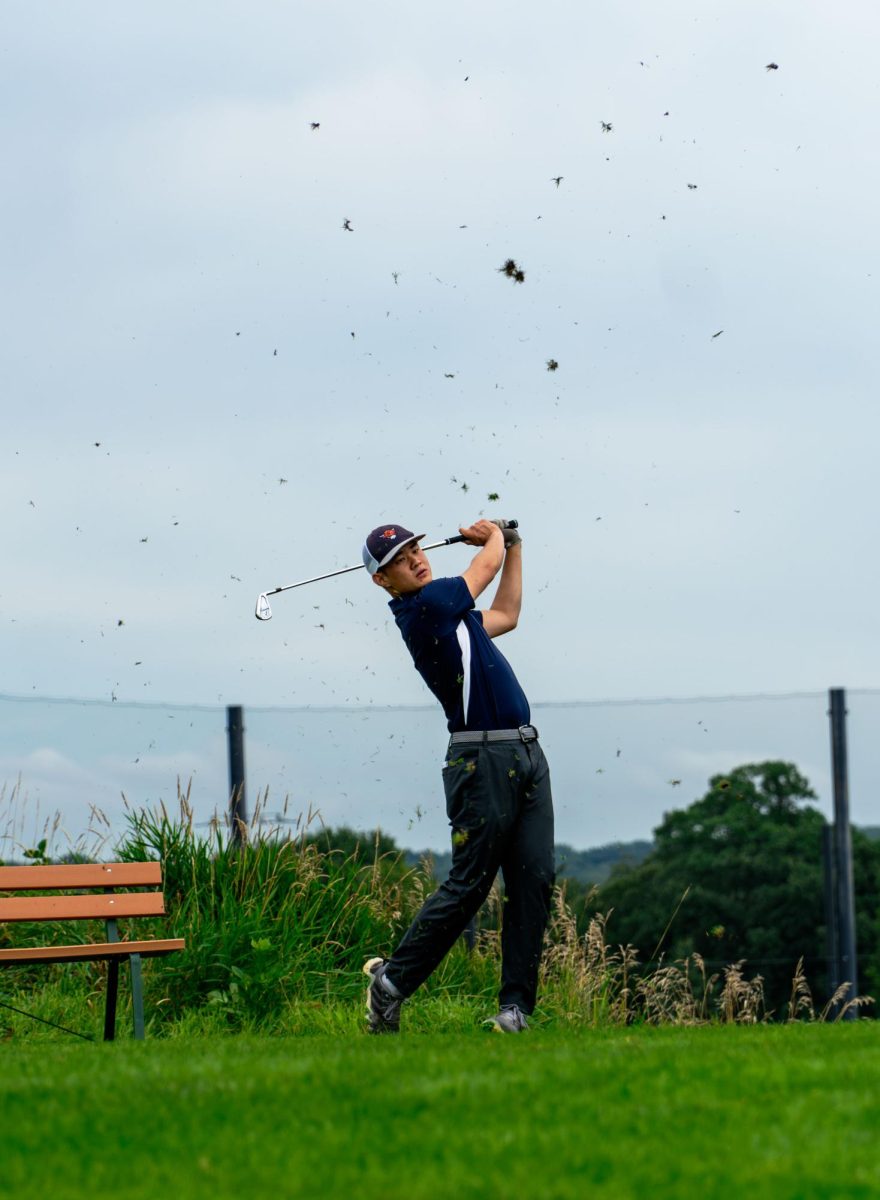

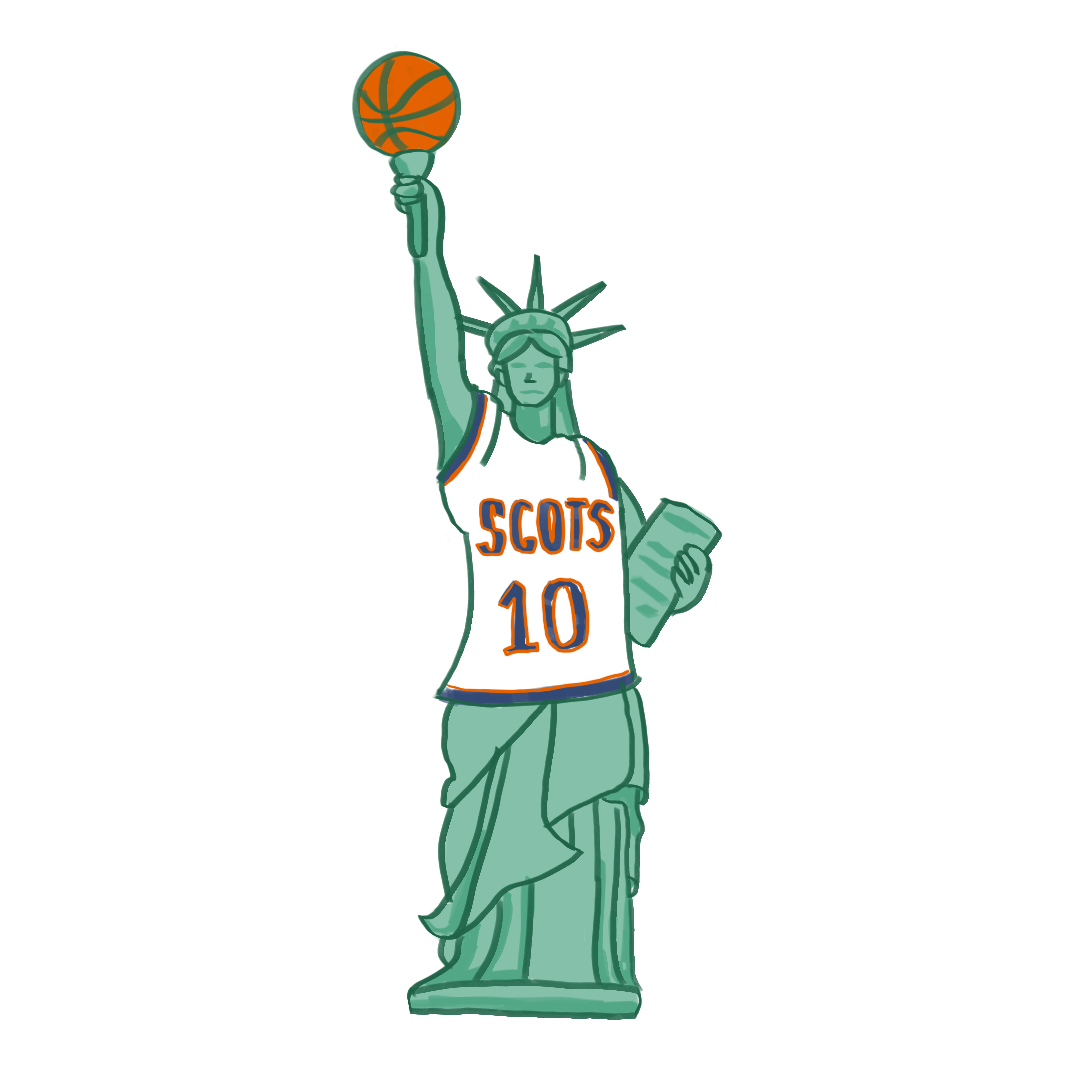
Adam Watson • Sep 11, 2019 at 5:33 pm
There’s noticeably a bundle to find out about this. I assume you made certain nice factors in features also.
Steven Glover • Sep 10, 2019 at 11:39 am
you’re really a good webmaster. The web site loading speed is amazing. It seems that you’re doing any unique trick. Also, The contents are masterwork. you have done a fantastic job on this topic!
Virginia Walker • Sep 6, 2019 at 11:48 am
What a video it is! Genuinely awesome and good quality, please upload more video tutorials having such nice quality. Thanks.